What Does It Mean If Your Dog Has a Dry Nose?
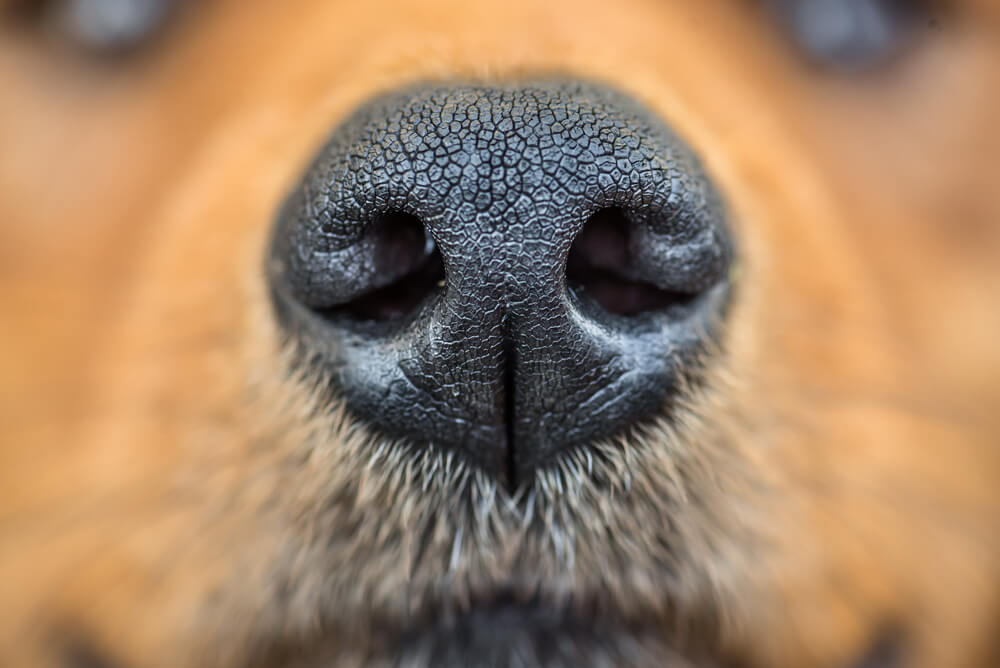
Table of Contents
Listen To The Article
Introduction to What Does It Mean If Your Dog Has a Dry Nose?
There are times when you should worry about a dog’s dry nose, but most of the time you don’t have to be too concerned.
When a dog’s nose is dry, it’s usually a sign that something in its body is changing or has changed.
It’s not always a bad thing, but it’s also not always a good thing.
Keep reading to learn more about what your dog’s dry nose means.
Before we get into that debate, we first need to understand why dogs have wet noses.
The answer is simple: wet noses work better.
Dogs depend on their highly developed sense of smell to interpret their world, and scent particles stick better to moist surfaces.
That wet nose also cools your dog down on hot days, similar to how panting regulates his body temperature.
The lining of your dog’s nose contains special mucus-producing glands that keep his nasal passages moist, along with producing a clear, watery fluid that helps keep him cool.
Dogs also lick their noses on a regular basis to keep them clean.
All that sniffing can result in dirt and pollen-collecting around your dog’s nostrils, and licking serves two purposes: not only does it keep your dog’s nose wet, but pups can also interpret smell through taste.
Most dog owners would probably tell you that a cold, wet nose on their canine companion signals a healthy pup.
Likewise, many believe a dog is sick when his nose is dry but is this true?
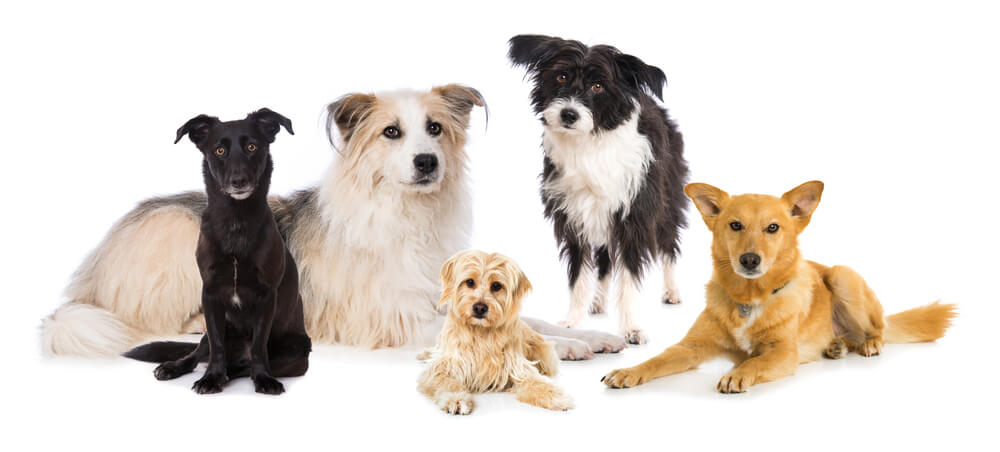
How Dogs Use Their Nose?
Dog noses are fascinating little structures.
Not only do dogs use their noses for breathing, but dog noses also drain excessive tears from the eyes through tear ducts.
In addition, they have sweat glands, which help to cool the body through sweating.
Dog noses are also involved in collecting information about the environment.
They do this through sniffing, but not all of the “information” is carried through the nasal passage.
When a dog licks her nose, she transfers all sorts of scents to specialized scent detection olfactory glands located on the roof of the mouth.
This allows the dog to process her environment.
Check out your dog the next time she is intently sniffing something; you will notice that she sniff, sniff, sniffs, and then licks her nose, transferring all the information about other dogs, cats, squirrels, or other creatures might have left a “scent mail”.
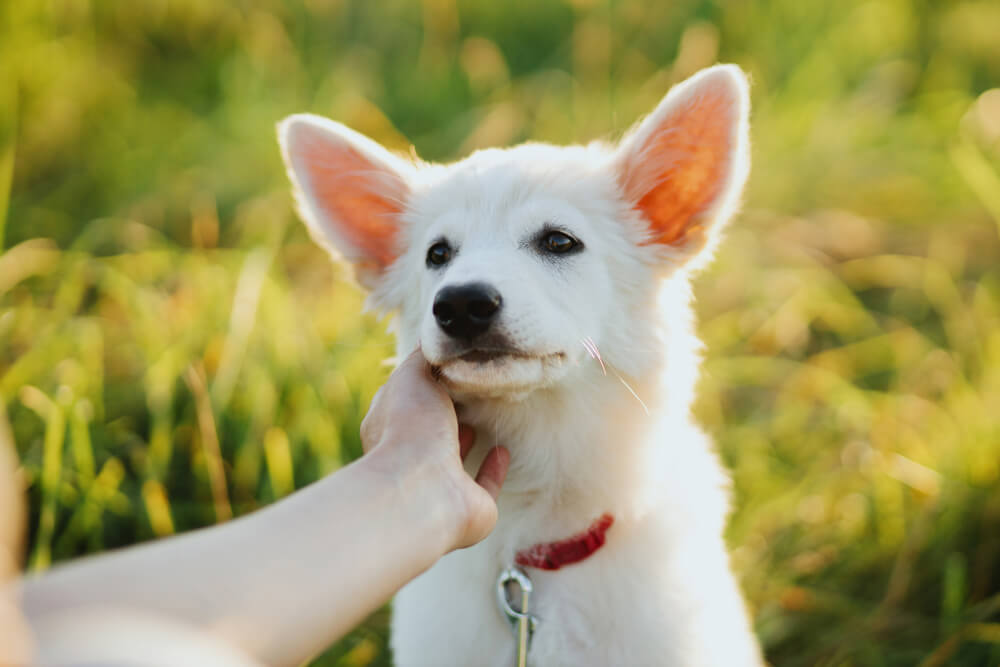
Why Do Dogs Have Wet Noses?
A dog’s sense of smell is a trusted ally helping them find out more about their environment. So, dogs have naturally figured out a few tricks to make it work better.
One of them is keeping their noses wet.
Scent particles stick to damp surfaces better, giving a dog with a wet nose a superior ability to understand its surroundings.
It is one of the reasons why some dogs keep their noses wet by constantly licking them.
But your dog’s wet nose has another important function it helps regulate their body temperature.
You may have already noticed how wet their nose is on a hot day or after a good session of play or exercising.
Because of their fur, dogs don’t have sweat glands all over their body as humans do.
Instead, they’ve got a whole different system helping them dissipate heat, including panting and using their noses and paws to sweat.
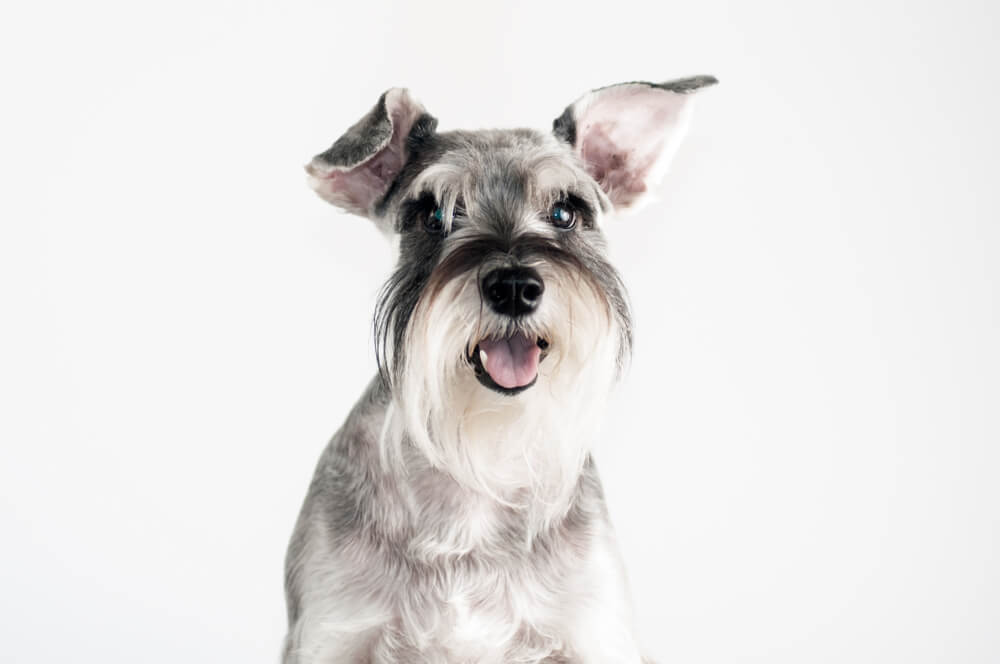
What Does It Mean If Your Dog Has A Dry Nose?
As convenient as it would be to have an easy way to gauge sickness in dogs, there are several perfectly normal reasons why a dog’s nose might be warm or dry, and it is worth noting that sick dogs can have wet noses, too.
Let’s take a look at some possible explanations as to why your dog’s nose might be dry:
Your dog was napping.
Sleeping dogs don’t usually lick their noses, so they may wake up with warm noses.
Dehydration from exercise.
Strenuous exercise is dehydrating, which can lead to a dry nose.
Exposure to the elements.
Exposure to hot sunlight, wind, or cold can dry your dog’s nose, and, in some cases, may result in chapped or sunburned snouts.
Lying next to a source of heat, like a fire or a heat vent, can also cause dry skin on your dog’s nose.
Age.
Some dogs develop dry noses with age.
A hot, dry nose doesn’t always mean trouble, but it can certainly be a sign of fever, dehydration, or even conditions like dry eye.
If your dog’s dry nose is accompanied by other symptoms, like lethargy, vomiting or diarrhea, or changes in activity or appetite, contact your veterinarian for advice.
Looking and touching your dog’s gums and noting their color can yield more accurate information than his nose. If gums are moist, that’s a sign of good hydration.
If they’re very dry, or tacky, it could be a sign of dehydration.
If gums are a nice pink, like a person’s, it’s a good sign. Pale gums could be an indication of anemia or low blood pressure.
If your dog has bright red-purple or pal bluish gums, he should be examined by a veterinarian right away.
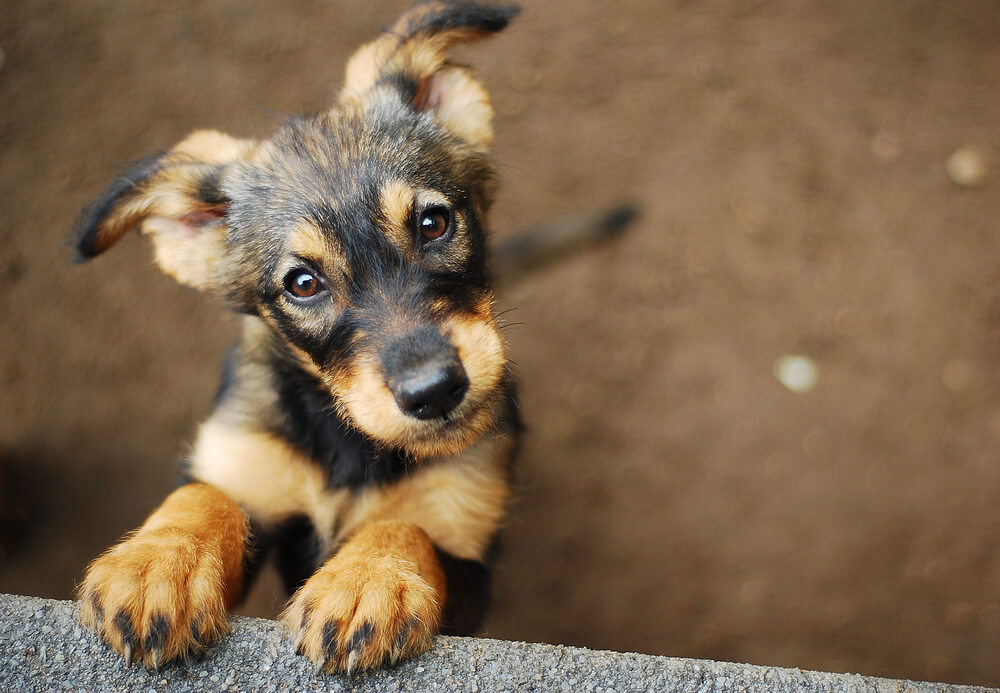
Diseases That Can Cause Dry Nose in Dogs
There are some diseases that can cause a chronically dry nose.
Auto-immune disorders, such as lupus or pemphigus, can cause changes in the surface of the nose that leads to dryness, cracking, and bleeding.
Auto-immune disorders are diagnosed with blood and urine testing, and a biopsy of the nose.
They are treated with immuno-suppressive drugs, such as prednisone.
Severe allergic reactions to pollen, mold, food, etc. can lead to redness and swelling of the nose, as well as to excessive rubbing and scratching of the face.
Allergies can be treated with antihistamines, and in severe cases, steroids must also be prescribed.

Dry Nose from Sunburn and Face Shape in Dogs
Excessive sun exposure, especially in dogs that have pink skin, can cause sunburned skin on the nose that can peel and crack.
Still other dogs, especially brachycephalic breeds such as Pugs and Bulldogs, can’t lick their nose very well because of the conformation of their skull.
These dogs will often develop a lumpy, crusty, chalky, cracked, uncomfortable nose in place of the cute little black button that used to sit on their face.

Treatment for Dry Nose in Dogs
For a case of a chronically dry nose, your dog may benefit from a prescription lotion specifically designed to hydrate and nourish the skin on the nose.
Because dogs are nose lickers, whatever lotion is used must be safe for ingestion.
Most skin lotions that are sold over the counter are not safe for ingestion.
It is for this reason that I do not recommend treating the nose with any over-the-counter lotions unless your veterinarian has specifically recommended it to you.
If you notice changes in the way the skin on your dog’s nose looks, schedule an appointment with your veterinarian to discuss options in diagnosis and treatment.

Should I Bring My Dog to the Vet?
Just because your pup has a dry nose, doesn’t mean it’s a medical emergency.
It should also be noted that a cool, wet nose isn’t always the sign of perfect health either.
Taking all of the above into consideration, what you really want to look for are other symptoms.
For example, if there’s excessive mucus coming from your dog’s nose especially if it’s yellow, green, or black it’s a sign that your dog is sick.
Other things to look for are fever, excessive nose licking, discolored gums, excessive coughing or sneezing, and all over warm body temperature.
In addition, if your dog is experiencing a severe allergic reaction, its nose will become swollen and red. They will also most likely be scratching and rubbing their face non-stop.
So, if you notice that your dog has a dry nose, you’ll want to check for accompanying symptoms.
If you don’t see any of the above symptoms, you’ll want to just keep an eye on him until his nose goes back to normal.
If it doesn’t and he’s showing other symptoms, it’s best to take him to the vet.



